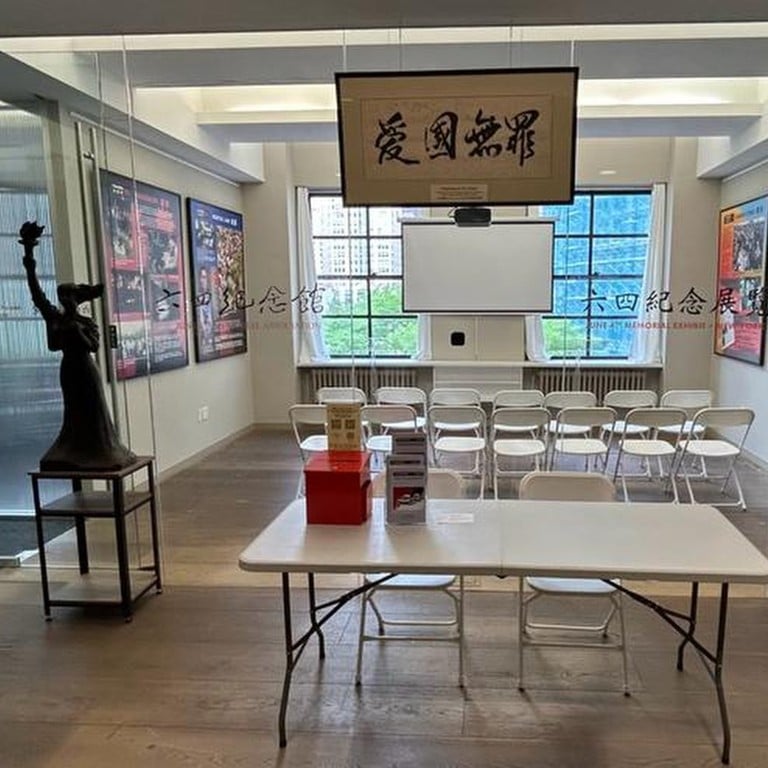
Museum to mark Tiananmen Square crackdown to open in New York 2 years after Hong Kong version closed on national security grounds
- Mainland Chinese dissidents behind museum say Hong Kong has lost role in advancing ‘democracy and freedom’ in country
- Exhibits in the 2,000 sq ft New York museum include collections of Hong Kong newspaper reports and city items produced to commemorate crackdown victims
Chinese dissidents behind the museum – including Wang Dan, who was No 1 on Beijing’s most wanted list of students after the 1989 crackdown – said Hong Kong had lost its unique role to advance democracy on mainland China under its rewritten political landscape.

“There is nothing Hong Kong can do any more about China’s democracy and freedom. Its hands are tied,” Wang told the Post just before the June 4 anniversary.
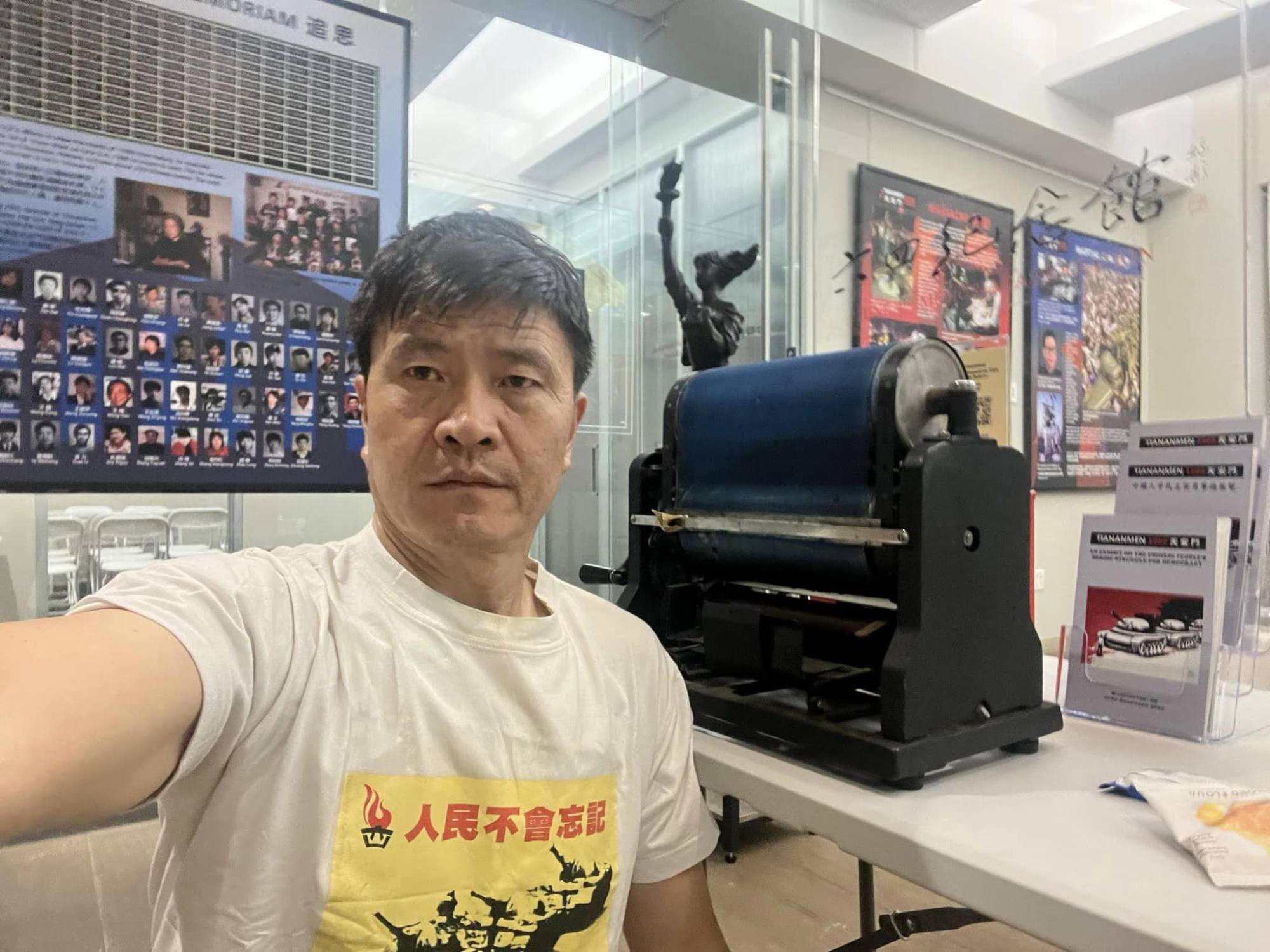
The force also froze all the group’s assets, worth millions of Hong Kong dollars, including its June 4 museum in Mong Kok which they had earlier raided.
The alliance later voted to disband.
Over the past 30 years, the city was the only place on Chinese soil to hold large-scale June 4 commemorations.
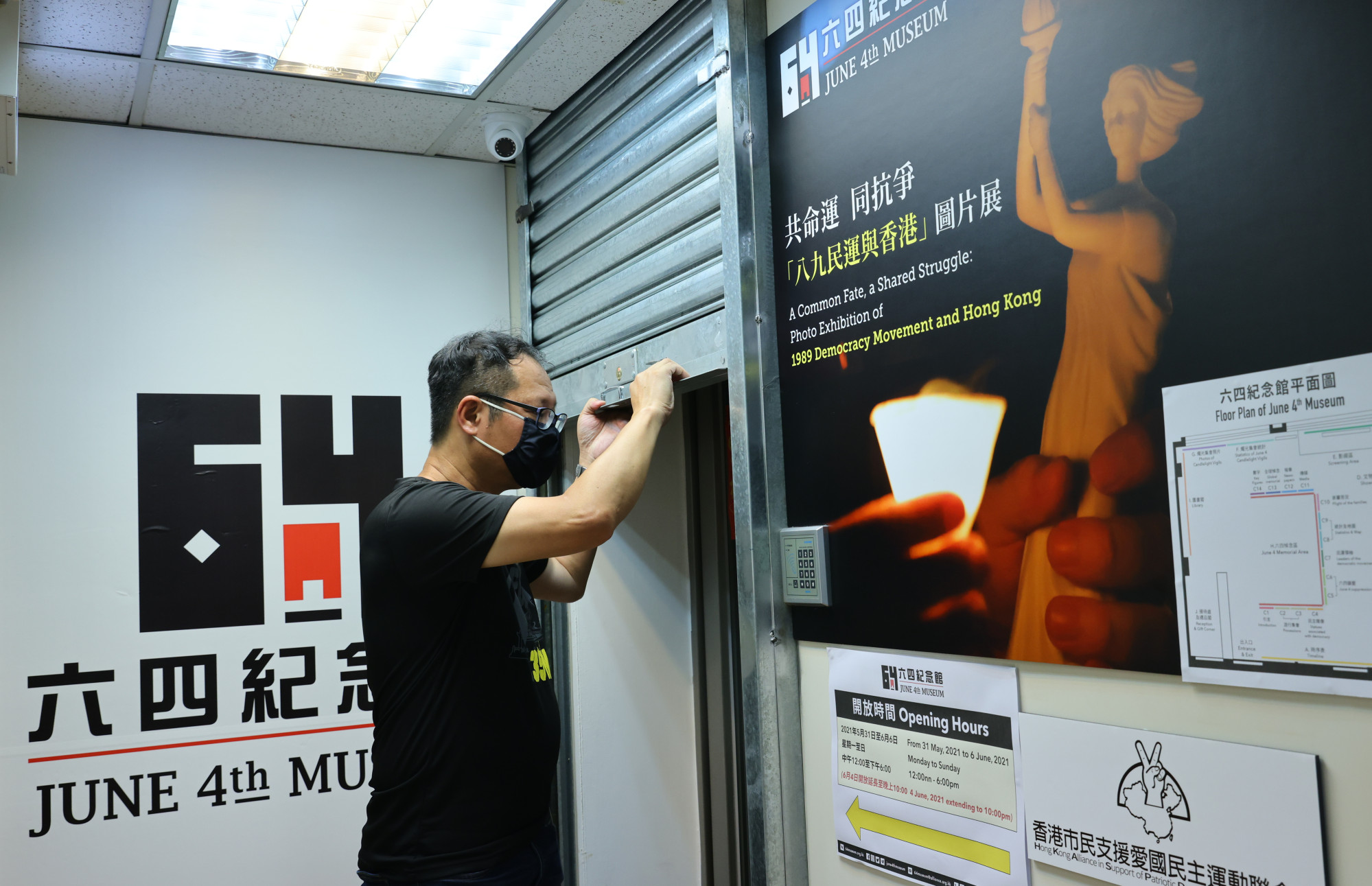
Authorities have stopped short of outlawing the commemoration on national security grounds, but have banned “other events”, including a vigil in Causeway Bay’s Victoria Park from 2020 over public health concerns.
A group of 26 pro-Beijing federations will this year hold a three-day carnival at the park from Saturday, but they denied the event was designed to block other uses of the space.
Hong Kong security chief warns troublemakers ahead of June 4 anniversary
Wang, alongside other Tiananmen leaders, had planned to establish a new June 4 museum after the Hong Kong one was forced to close, and managed to realise it on Friday after they raised US$500,000 (HK$3.9 million) in less than eight months.
Wang said the new museum, located at 894 Sixth Avenue in New York – a reference to the date of the crackdown – would draw fewer mainland visitors than the one that was based in Hong Kong.
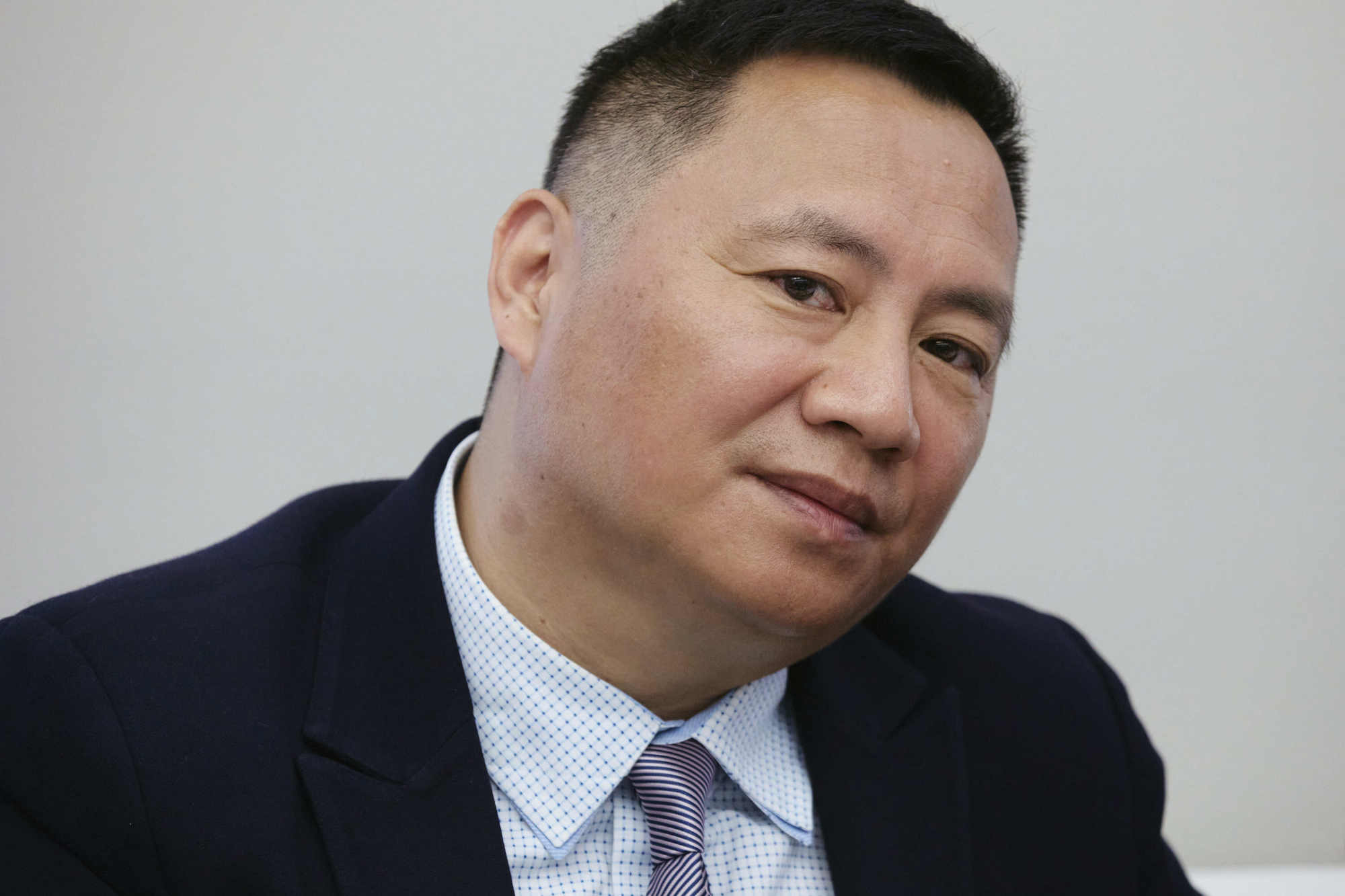
But he emphasised the museum was not just for Chinese people, but was of global interest.
“We hope to work with high schools in New York so the pupils can visit the museum when they learn about China and have a better understanding of the country’s history,” he said.
Wang noted New York had the highest number of Chinese residents of any city in the United States and was also a popular destination for mainland tourists.
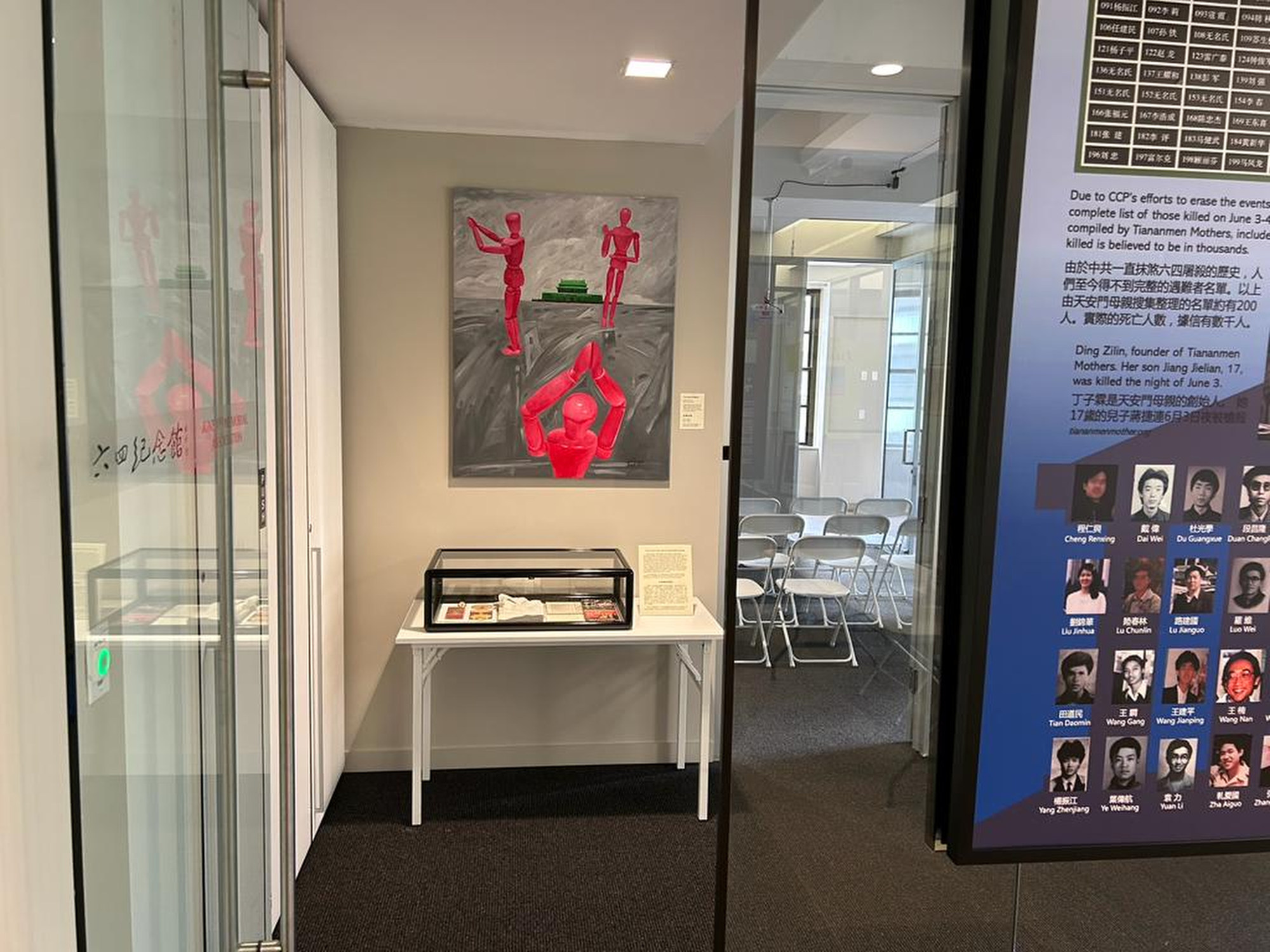
Among the exhibits in the 2,000 sq ft museum are bloodstained shirts, a soldier’s helmet, tents and leaflets from 1989.
Tiananmen student leader Zhou Fengshuo, who was fifth on Beijing’s most-wanted list at the time and involved in curating the exhibits, said some Hongkongers had contributed their collection of newspaper clippings about the crackdown, as well as souvenirs produced over the years to commemorate the victims.
There was also a Hong Kong section in the museum featuring the city’s candlelight vigils in Victoria Park, as well as social movements for greater democracy such as Occupy Central in 2014, he added.
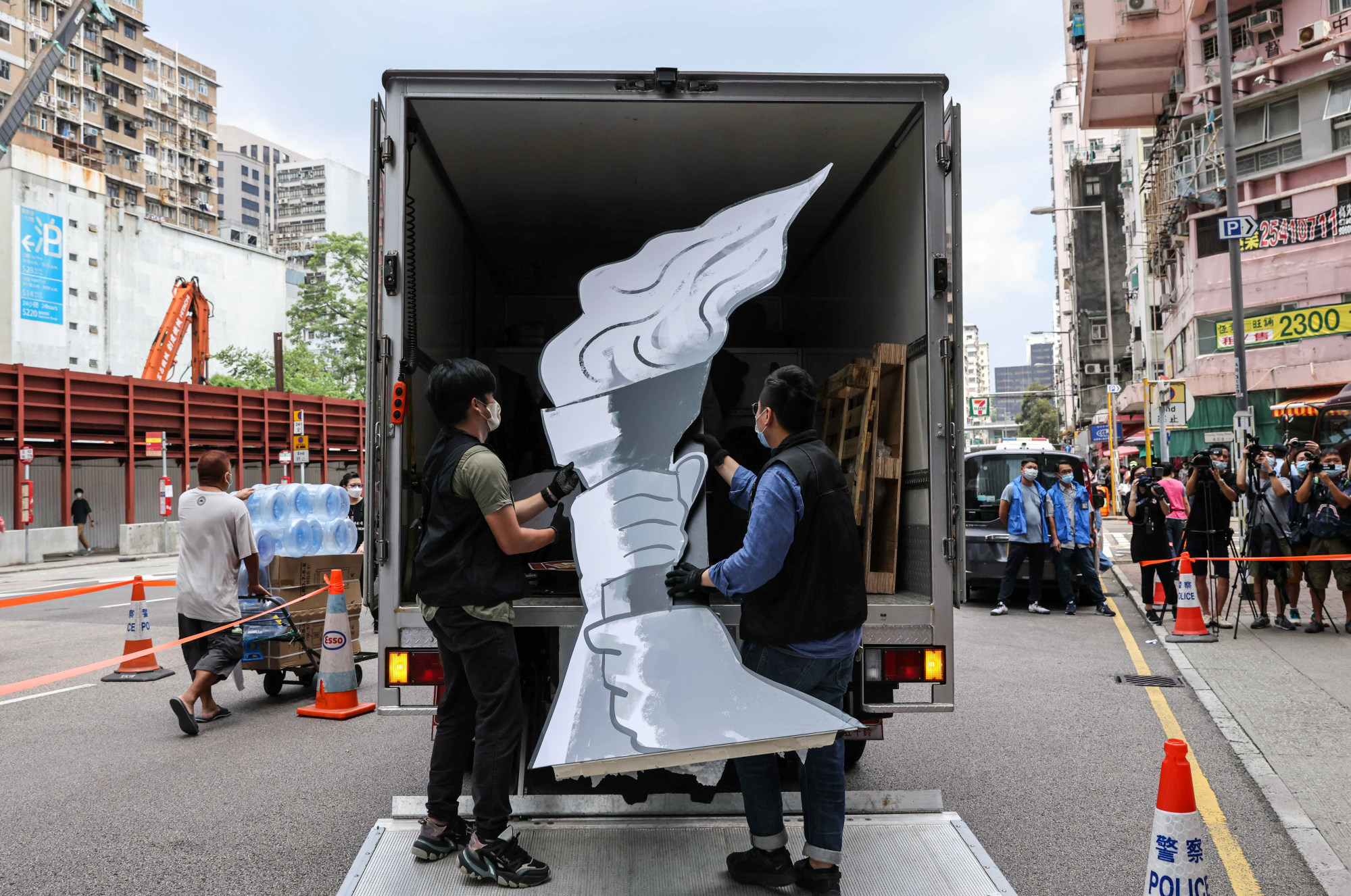
Hong Kong public libraries pulled most books and documentaries about the Tiananmen Square crackdown from their shelves last month after they were asked by government auditors to step up efforts to root out works “manifestly contrary” to national security.
Beijing imposed the national security law on Hong Kong in 2020, outlawing acts of secession, subversion, terrorism and collusion with foreign forces, in response to the anti-government protests that rocked the city a year before.
Wang, now a professor at Tsinghua University in Taiwan and a visiting academic at the Hoover Institution think tank at Stanford University, claimed the “political suppression” in Hong Kong over the past few years was greater than what some mainland cities faced.
But he insisted he was not too pessimistic about the future of the drive to demand accountability for the crackdown and for vindication of the 1989 student movement.
Hong Kong public libraries pull books related to Tiananmen Square crackdown
“The discussion and commemoration of June 4 does not necessarily need to be conducted in the public arena, but also in families,” Wang said. “If parents can talk to their kids about the crackdown and carry it forward, I don’t think the government can alter everyone’s memories on that.”
Zhou added that Hongkongers who lived abroad had held their own vigils to commemorate the crackdown.
But Lau Siu-kai, a consultant to semi-official Beijing think tank the Chinese Association of Hong Kong and Macau Studies, dismissed suggestions that Hong Kong played any role in the democratic development of the mainland.
Lau argued that Deng Xiaoping, the late paramount leader of China, had drawn the line in the sand that Hong Kong should never be a base to subvert the country.
“Beijing adopted a tolerant approach previously so as not to affect international confidence in the city, but decided to set it straight [after the 2019 protests] given its threat to national security,” he said.
“But one should not suggest that Hong Kong has always been a place to change China.”
Lau said there were no restrictions on Hongkongers who wanted to mourn the victims of the crackdown in private.
But he said any large-scale action in public might be “another issue” and involve national security.
Lau appealed to the city government to spell out its position clearly once and for all instead of “biting its tongue”.

